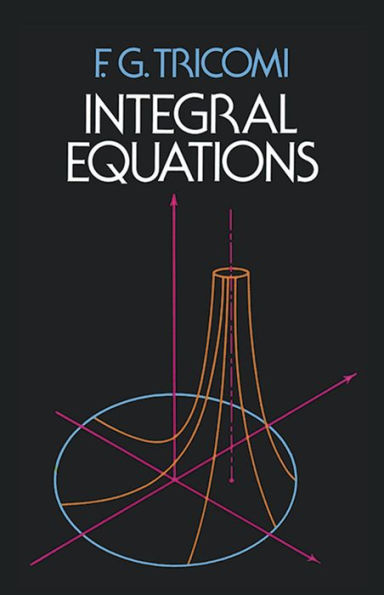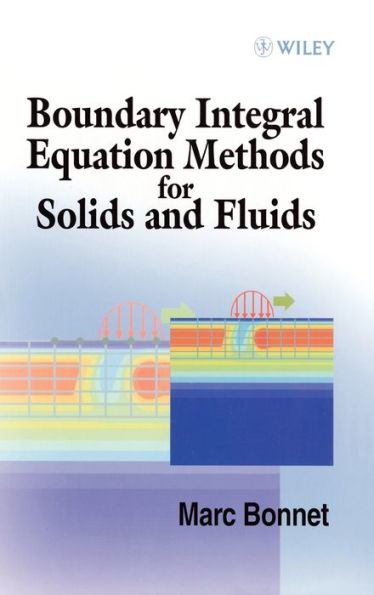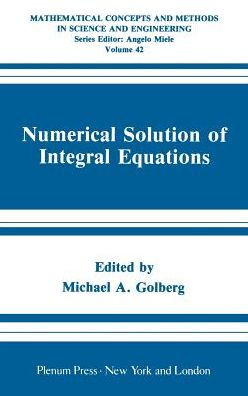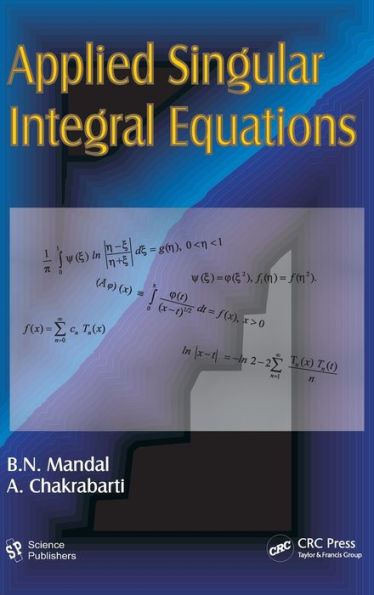Home
Boundary Integral Equations on Contours with Peaks
Barnes and Noble
Loading Inventory...
Boundary Integral Equations on Contours with Peaks in Bloomington, MN
Current price: $209.00

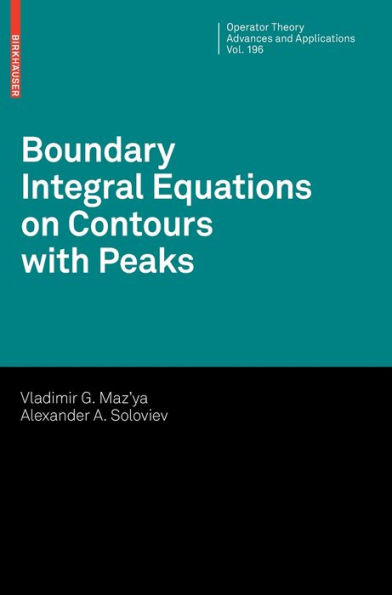
Boundary Integral Equations on Contours with Peaks in Bloomington, MN
Current price: $209.00
Loading Inventory...
Size: OS
An equation of the form ??(x)? K(x,y)?(y)d?(y)= f(x),x?X, (1) X is called a linear integral equation. Here (X,?)isaspacewith ?-?nite measure ? and ? is a complex parameter, K and f are given complex-valued functions. The function K is called the kernel and f is the right-hand side. The equation is of the ?rst kind if ? = 0 and of the second kind if ? = 0. Integral equations have attracted a lot of attention since 1877 when C. Neumann reduced the Dirichlet problem for the Laplace equation to an integral equation and solved the latter using the method of successive approximations. Pioneering results in application of integral equations in the theory of h- monic functions were obtained by H. Poincaŕ e, G. Robin, O. H¨ older, A.M. L- punov, V.A. Steklov, and I. Fredholm. Further development of the method of boundary integral equations is due to T. Carleman, G. Radon, G. Giraud, N.I. Muskhelishvili,S.G.Mikhlin,A.P.Calderon,A.Zygmundandothers. Aclassical application of integral equations for solving the Dirichlet and Neumann boundary value problems for the Laplace equation is as follows. Solutions of boundary value problemsaresoughtin the formof the doublelayerpotentialW? andofthe single layer potentialV?. In the case of the internal Dirichlet problem and the ext- nal Neumann problem, the densities of corresponding potentials obey the integral equation ???+W? = g (2) and ? ???+ V? = h (3) ?n respectively, where ?/?n is the derivative with respect to the outward normal to the contour.
An equation of the form ??(x)? K(x,y)?(y)d?(y)= f(x),x?X, (1) X is called a linear integral equation. Here (X,?)isaspacewith ?-?nite measure ? and ? is a complex parameter, K and f are given complex-valued functions. The function K is called the kernel and f is the right-hand side. The equation is of the ?rst kind if ? = 0 and of the second kind if ? = 0. Integral equations have attracted a lot of attention since 1877 when C. Neumann reduced the Dirichlet problem for the Laplace equation to an integral equation and solved the latter using the method of successive approximations. Pioneering results in application of integral equations in the theory of h- monic functions were obtained by H. Poincaŕ e, G. Robin, O. H¨ older, A.M. L- punov, V.A. Steklov, and I. Fredholm. Further development of the method of boundary integral equations is due to T. Carleman, G. Radon, G. Giraud, N.I. Muskhelishvili,S.G.Mikhlin,A.P.Calderon,A.Zygmundandothers. Aclassical application of integral equations for solving the Dirichlet and Neumann boundary value problems for the Laplace equation is as follows. Solutions of boundary value problemsaresoughtin the formof the doublelayerpotentialW? andofthe single layer potentialV?. In the case of the internal Dirichlet problem and the ext- nal Neumann problem, the densities of corresponding potentials obey the integral equation ???+W? = g (2) and ? ???+ V? = h (3) ?n respectively, where ?/?n is the derivative with respect to the outward normal to the contour.
